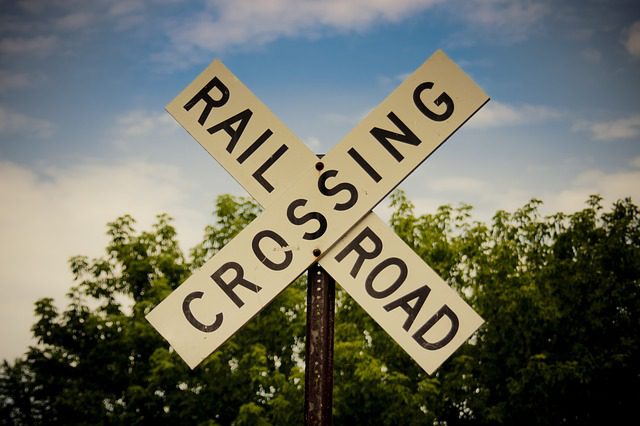Typical Issues in Railroad Grade Crossing Collisions

,
Steven M. Schorr, PE, President of DJS Associates, Inc. ::::
1. Roadway 2. Vehicle 3. Driver – these are the three factors in all collisions.
With a collision involving a non-gated (i.e. use of passive traffic controls such as signs and lane striping) railroad grade crossing, the vehicles typically involved include a passenger car or truck and a train which cannot steer and takes longer to stop than passenger vehicles. As a result, grade crossings need to provide the passenger vehicle operator, and the train operator, sufficient data in order to properly and safely approach and cross over the intersection between the roadway and railroad tracks. With regard to the train, just like a roadway, the approaching tracks have a speed limit for the train.
Further, the train operator has a responsibility to adhere to that speed limit and to signal (sound the horn) while approaching the crossing. Data to determine if the train operator was properly adhering to the speed limit can sometimes be obtained through the event data recorder on the train (a.k.a. the black box). From the perspective of the passenger vehicle or truck, that vehicle operator must be provided with sufficient warning of the approaching crossing; must be provided with the appropriate approach speed; must be provided with instructions as to what to do at the crossing (i.e. stop-look-listen); and must be provided with the appropriate sight distance (of the traffic controls and approaching train) to properly adhere to the traffic controls in place. Like the train, many vehicles have event data that can be useful in evaluating what the vehicle was doing prior to and at the time of the collision.
Grade Crossing cases could include the use of a collision reconstruction engineer (to determine how the collision occurred); a highway engineer (to evaluate the traffic controls, et al for the passenger vehicle), and an engineer with expertise in the operation of trains (to evaluate the track traffic controls and the actions of the train operator).
Steven M. Schorr, PE, is President of DJS Associates, Inc., and can be reached via email at experts@forensicDJS.com or by phone at 215-659-2010.
Tags: Railroad Collisions | Steven Schorr


